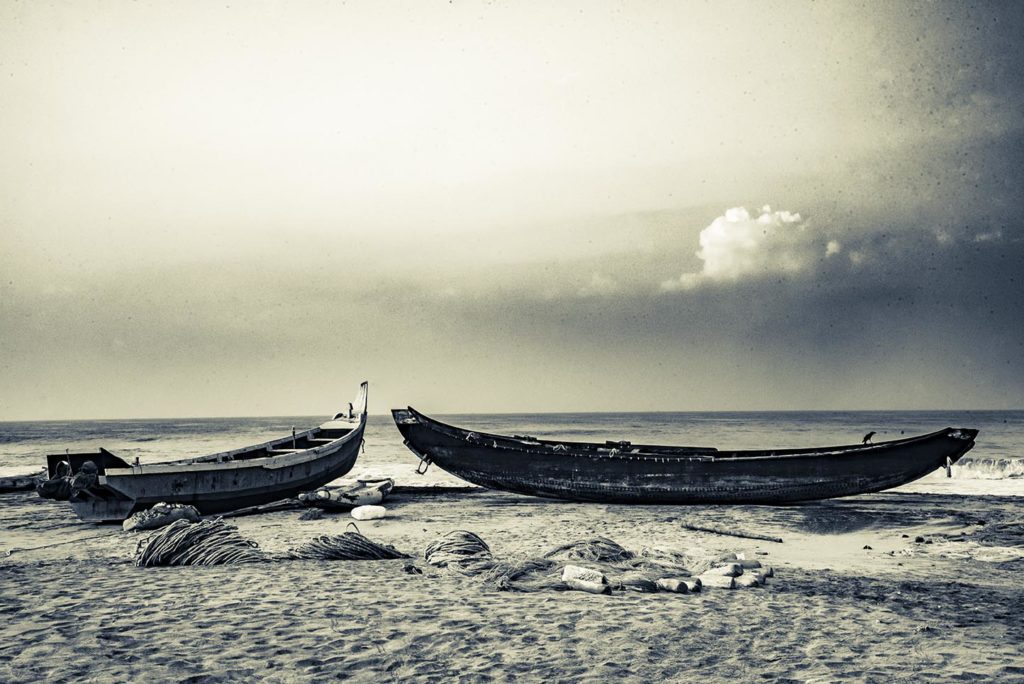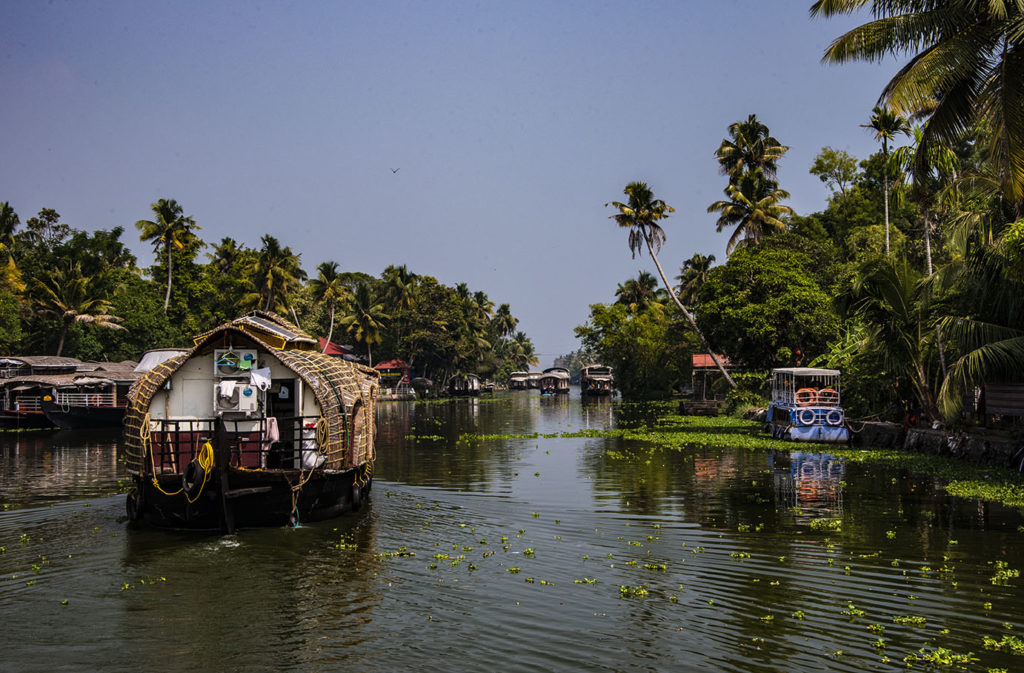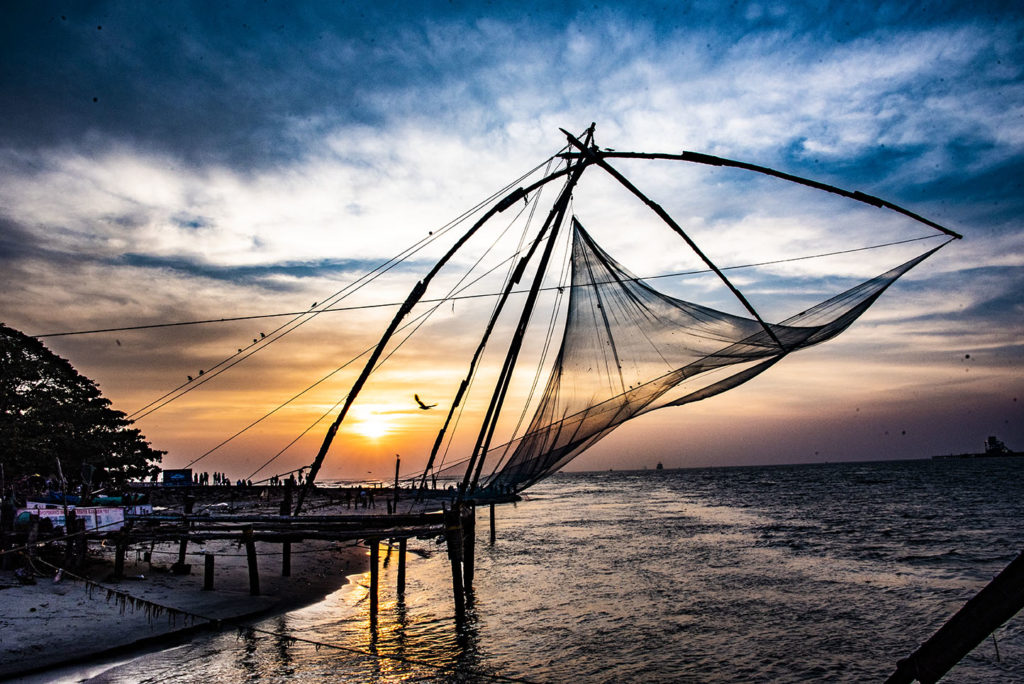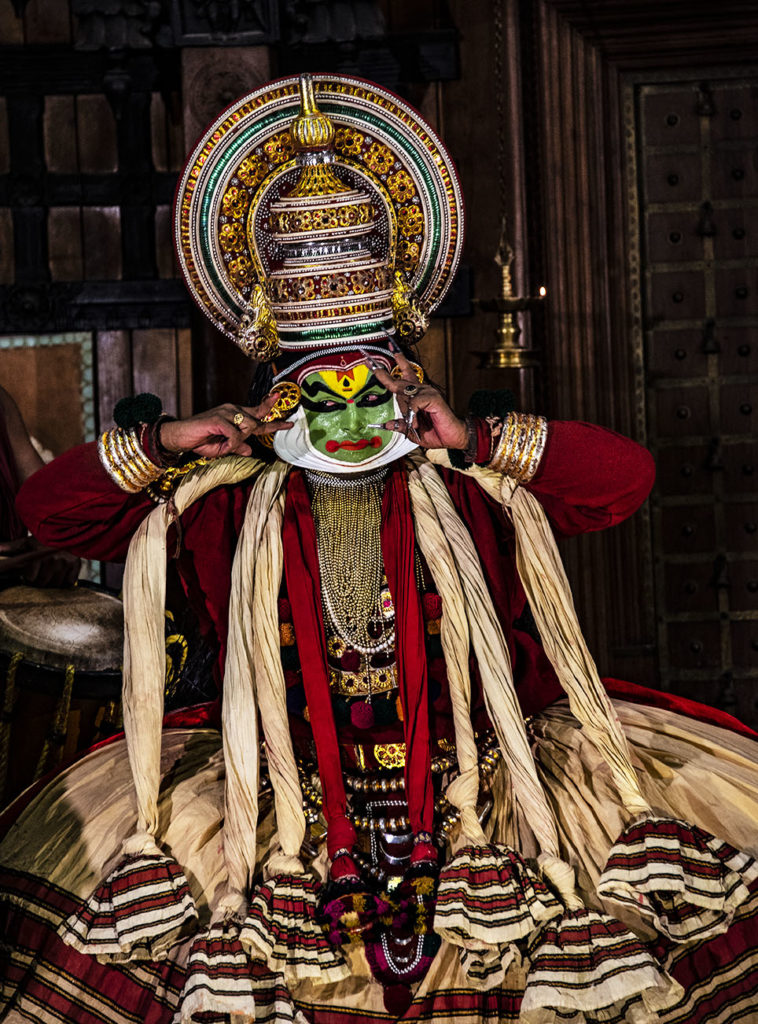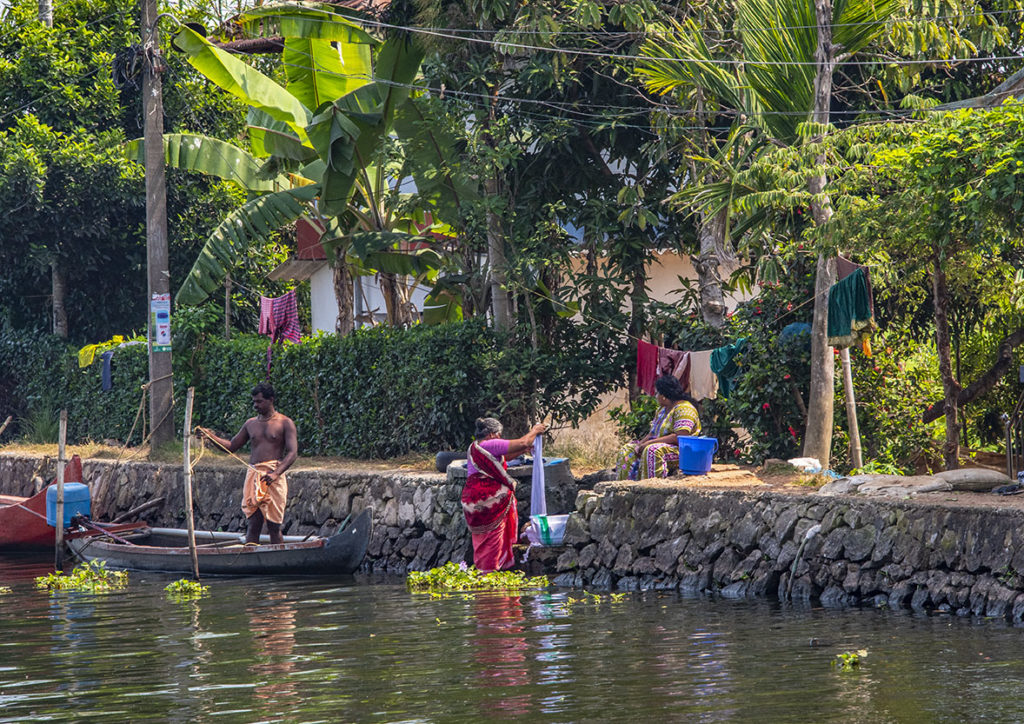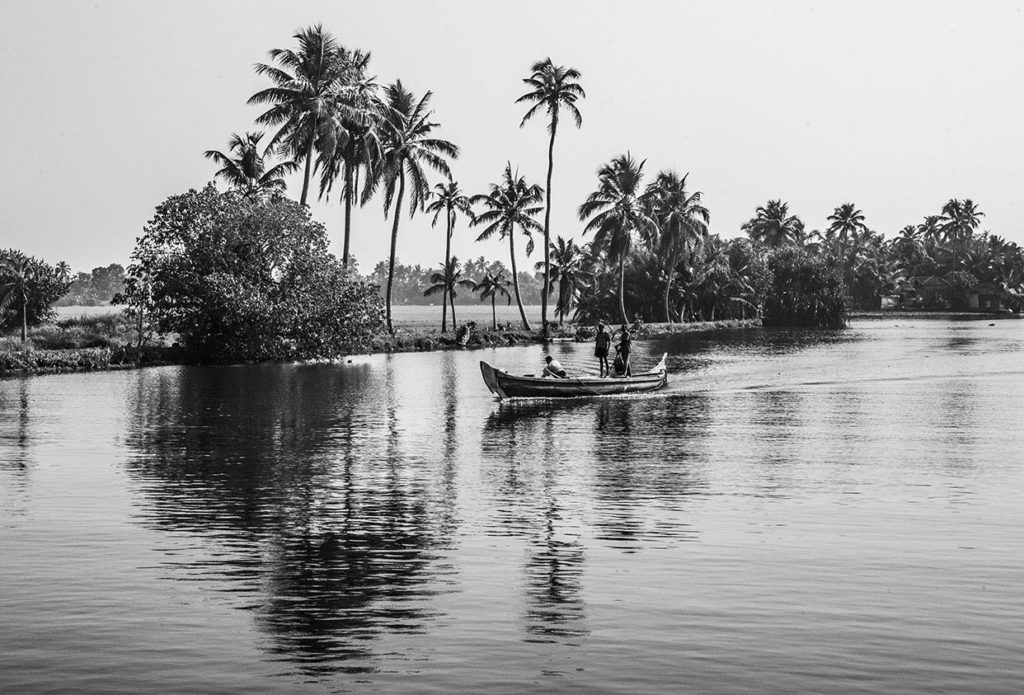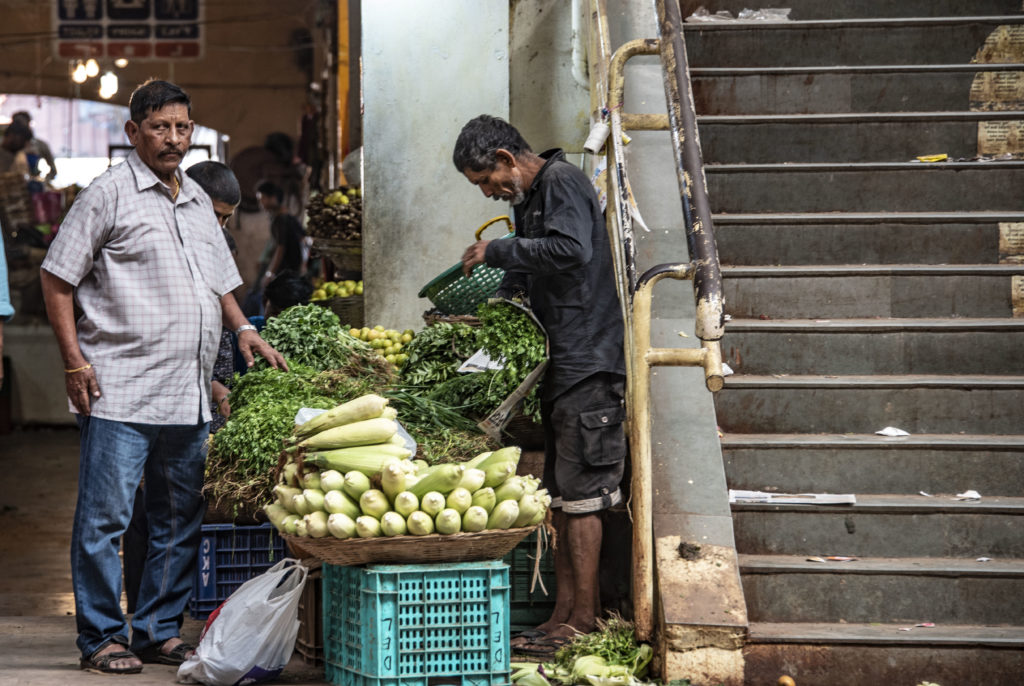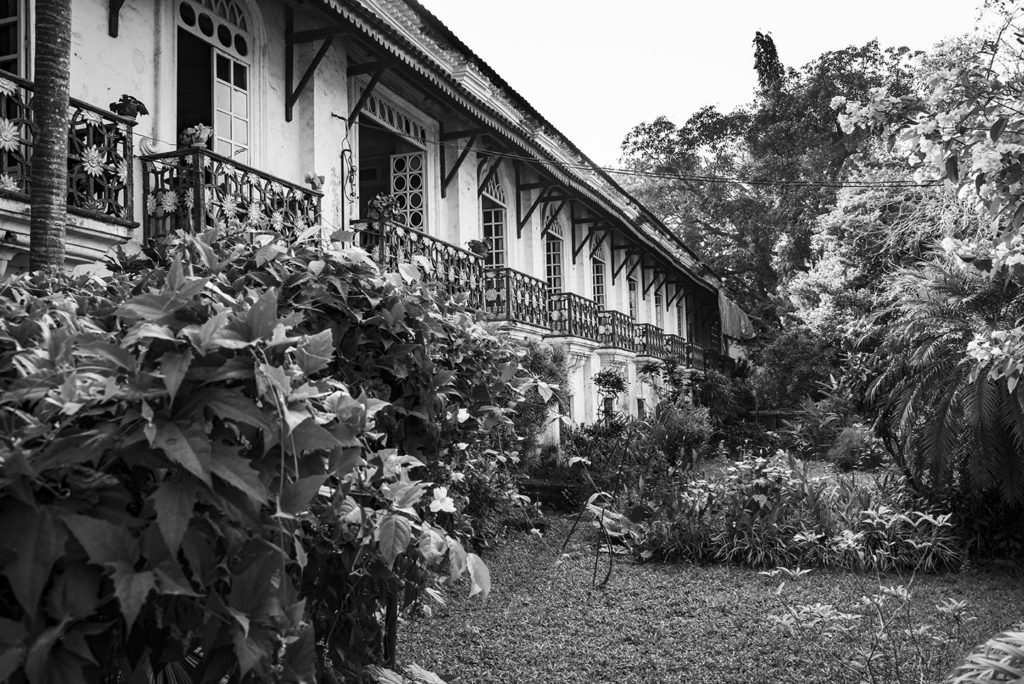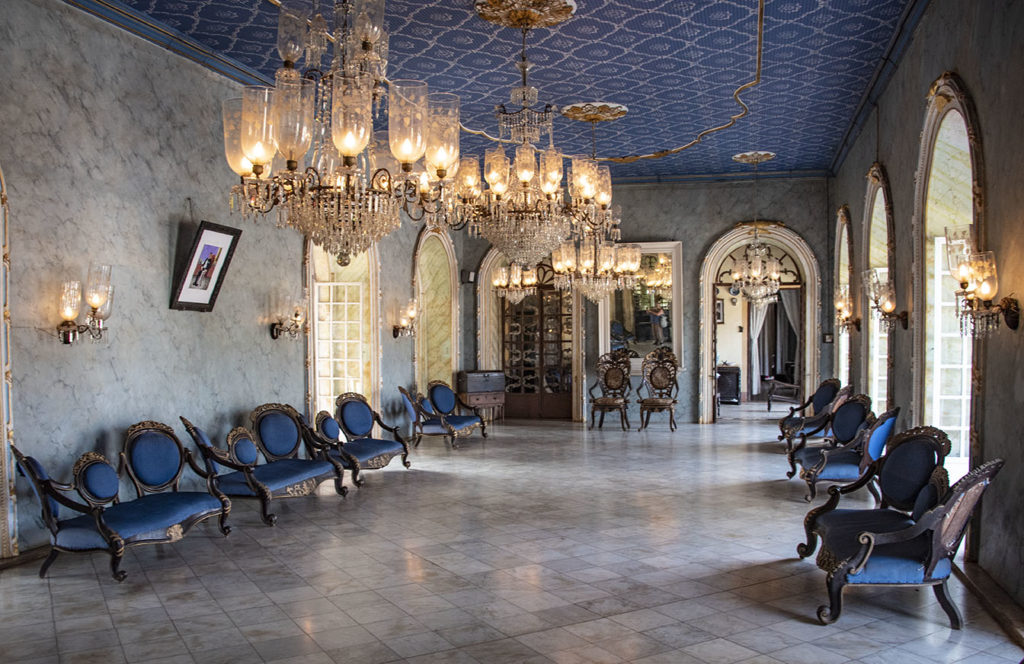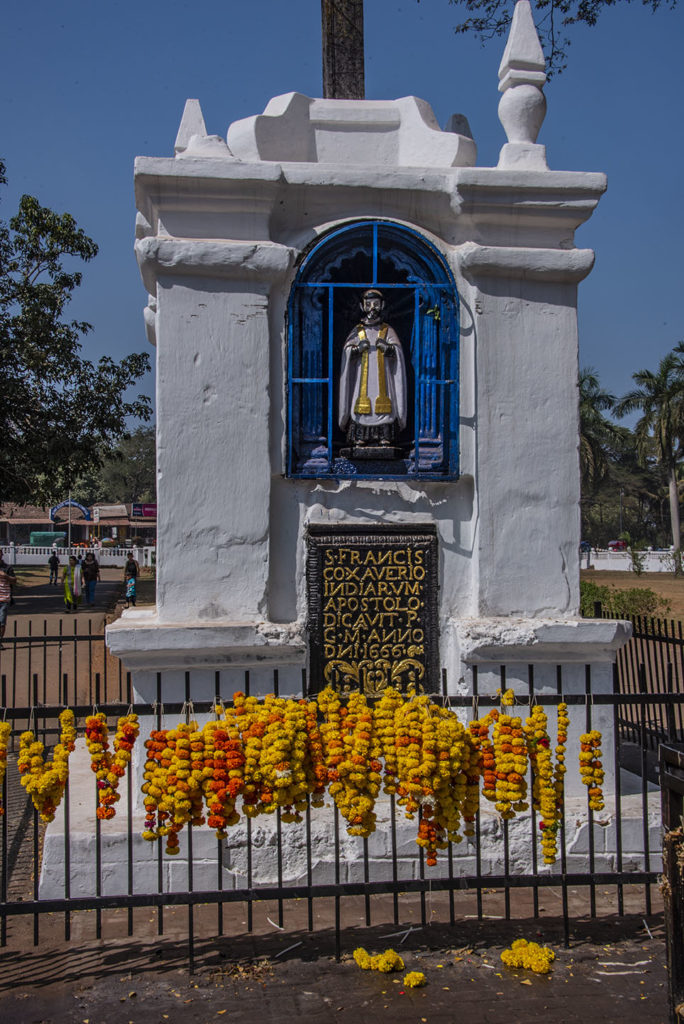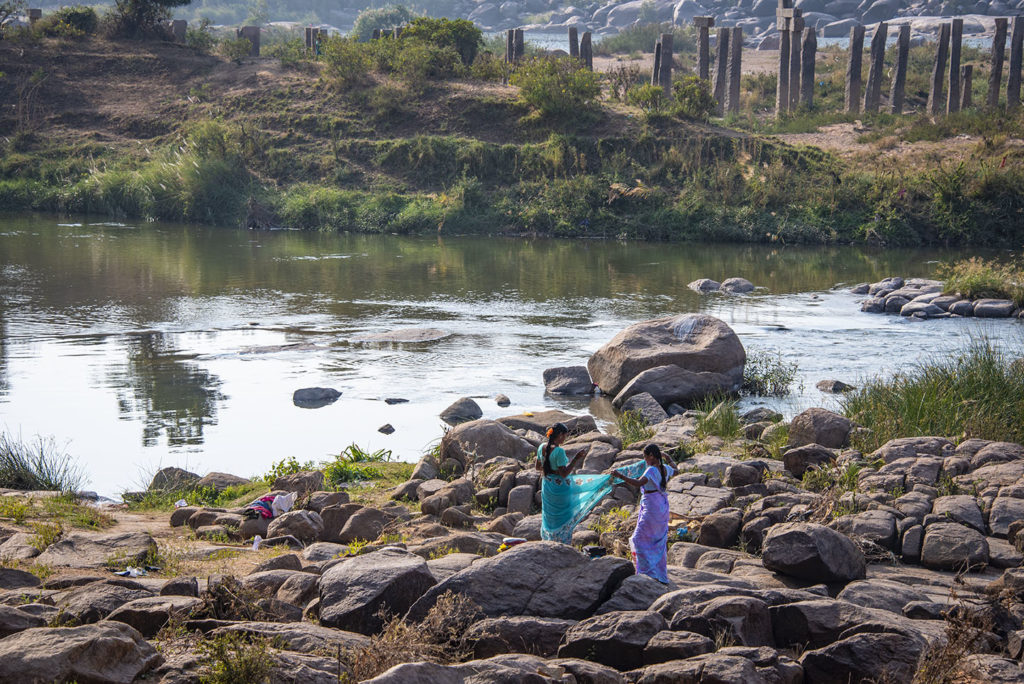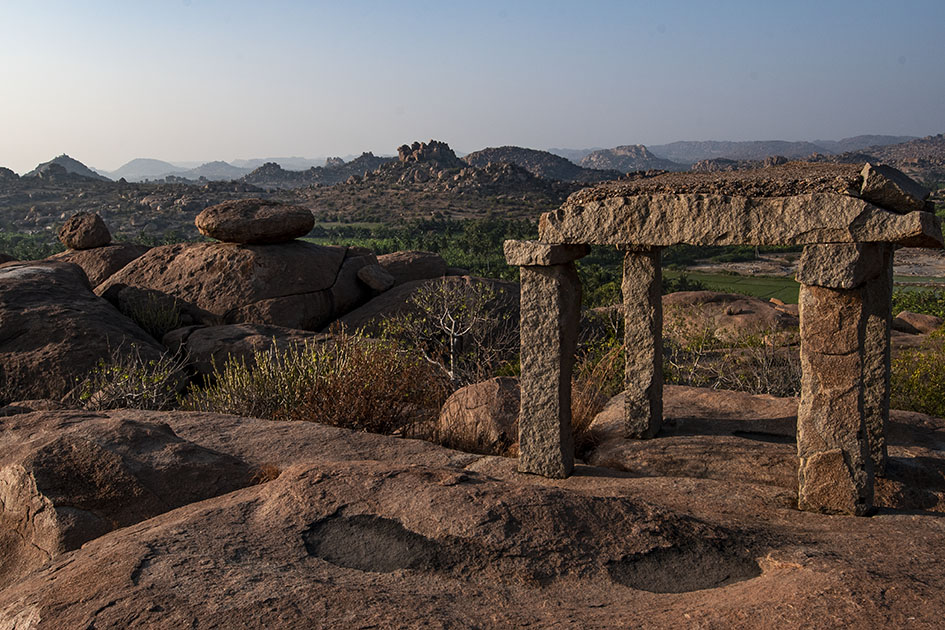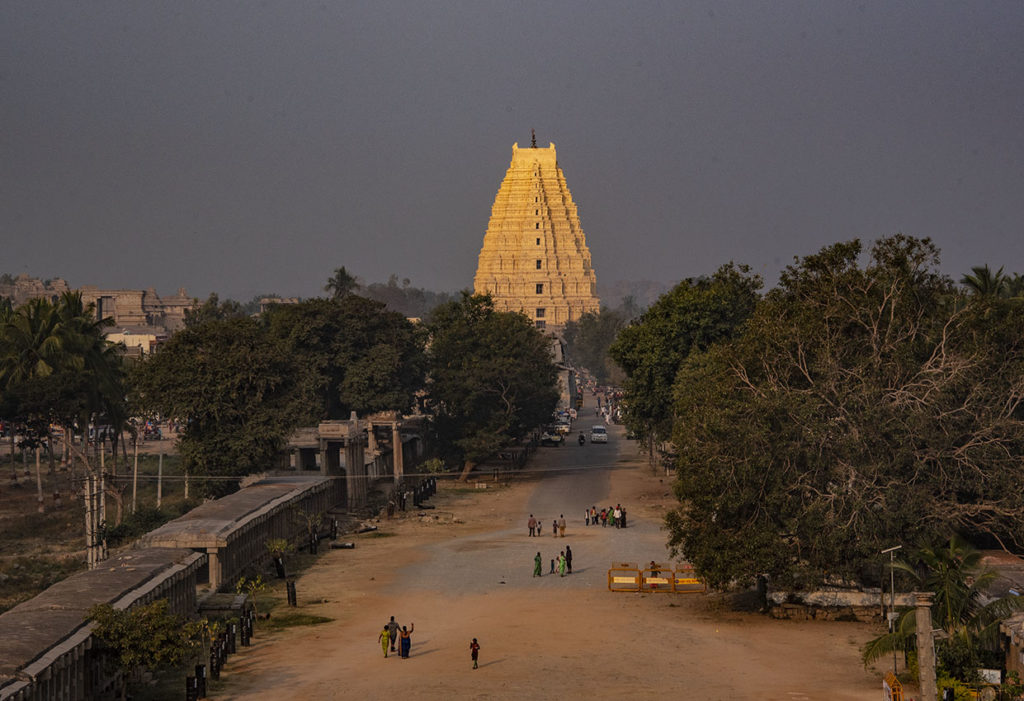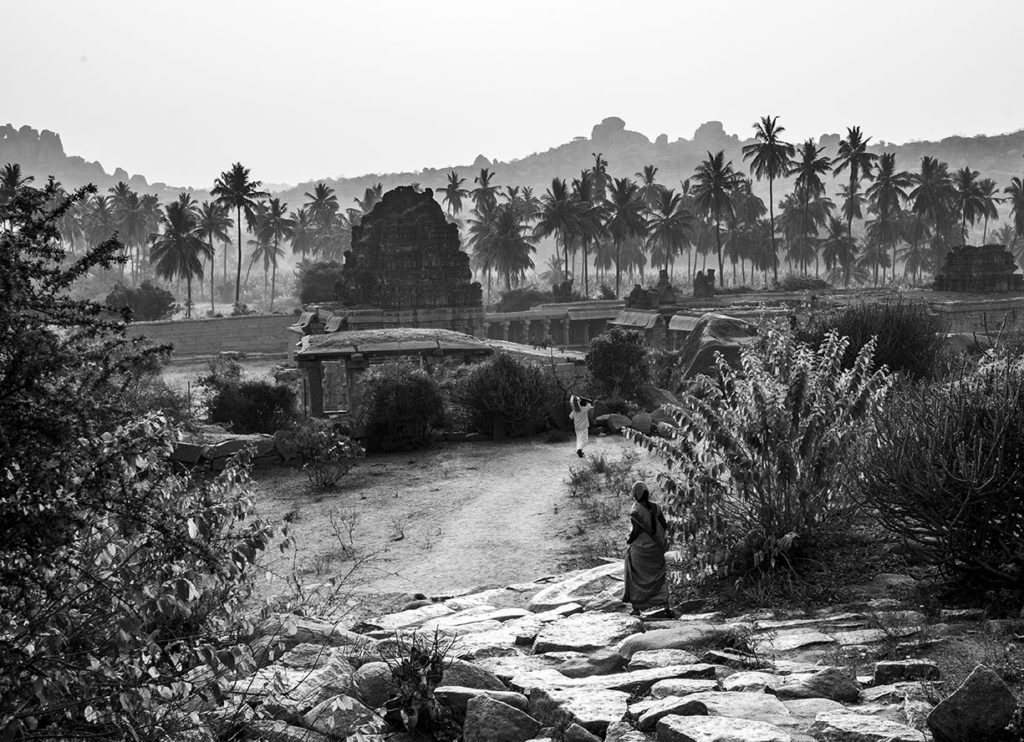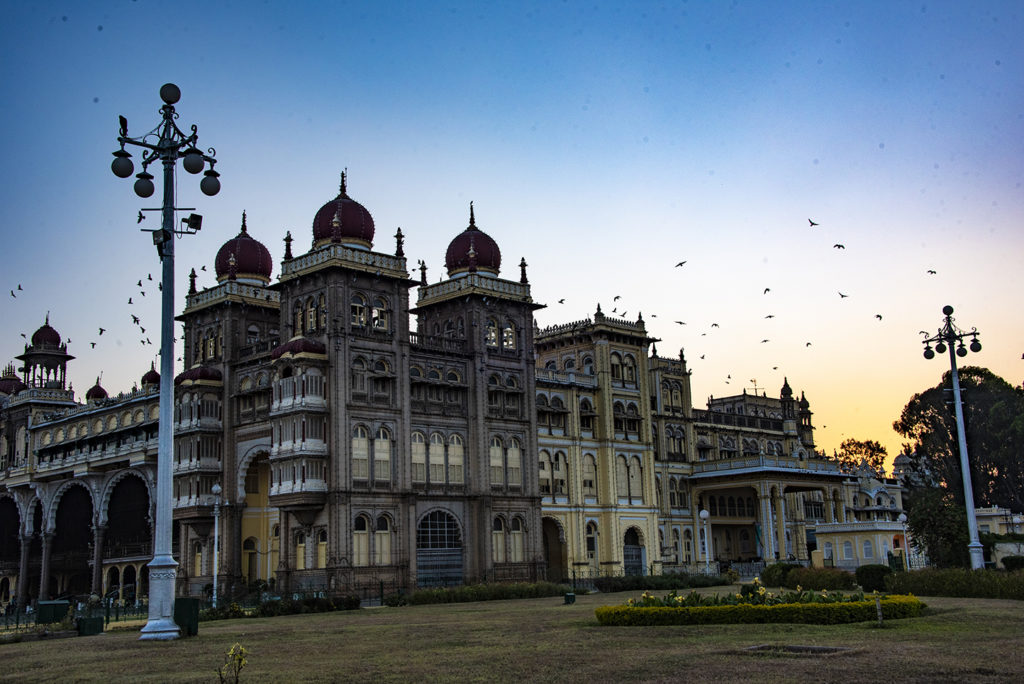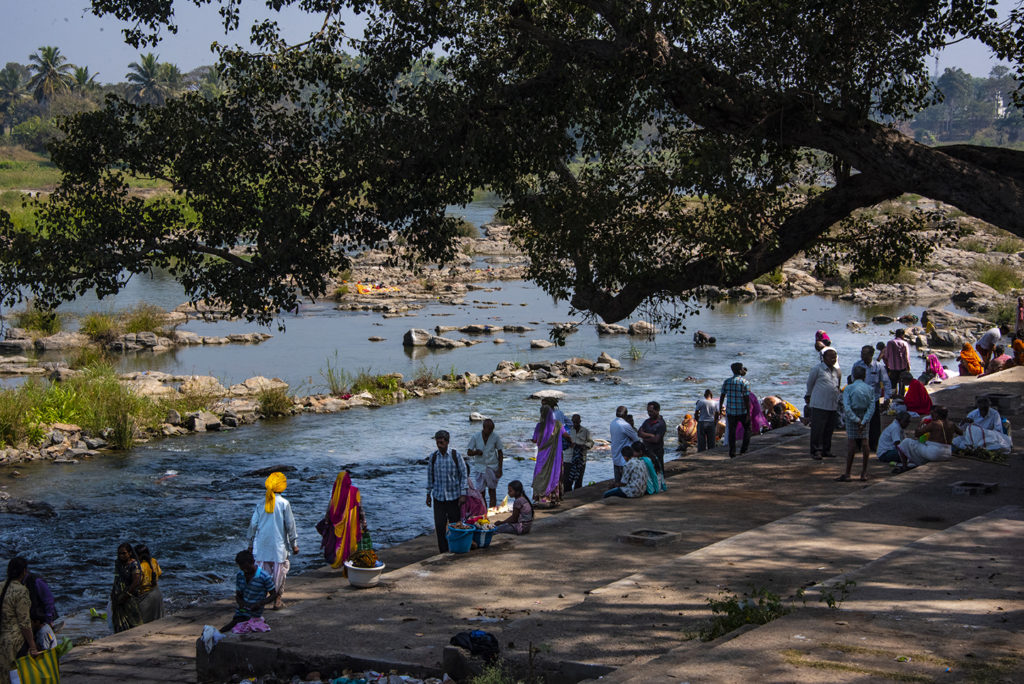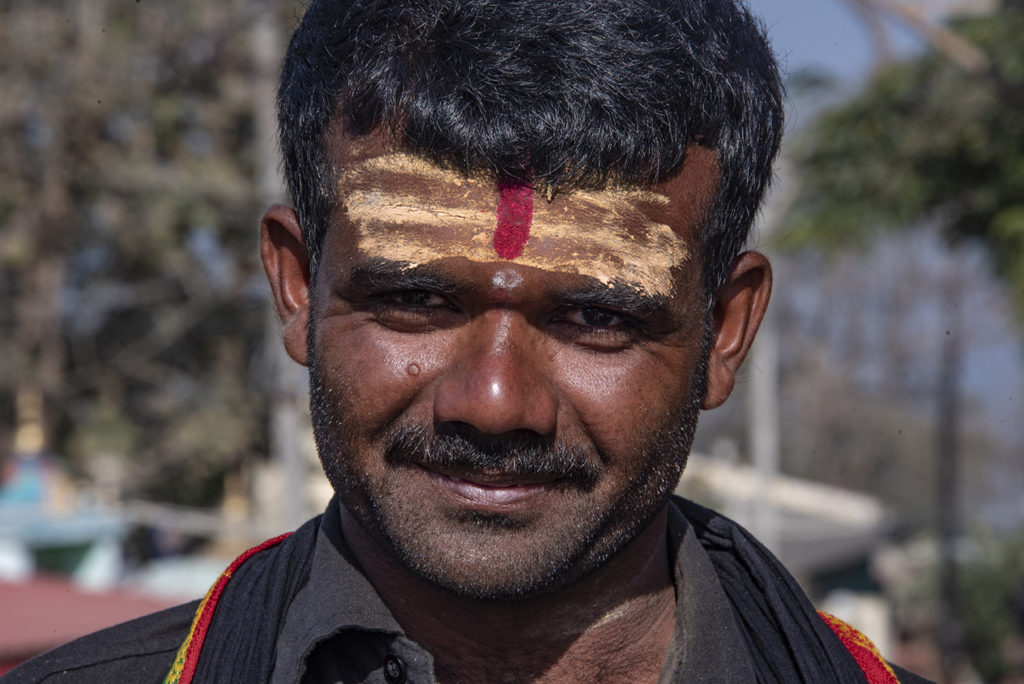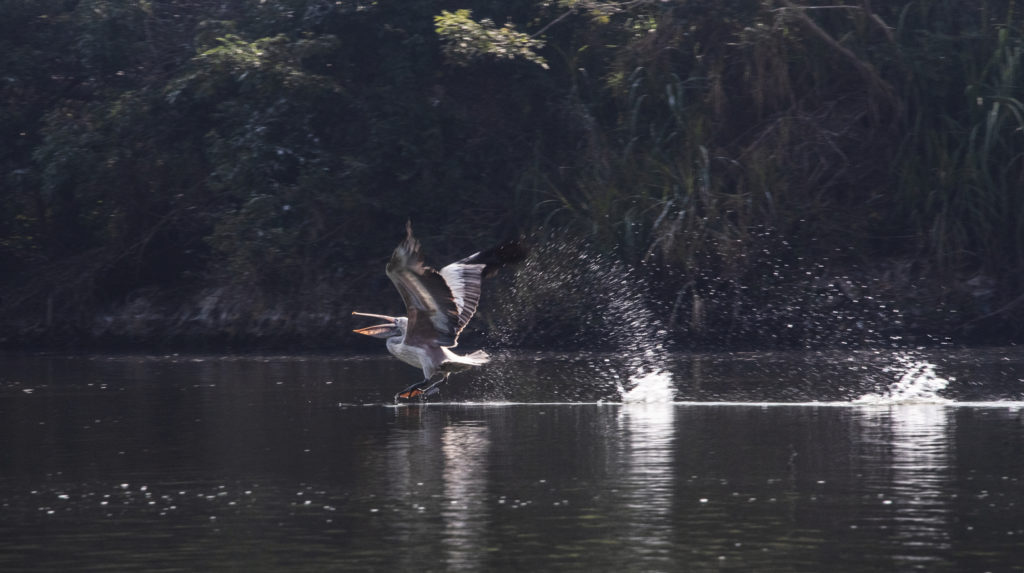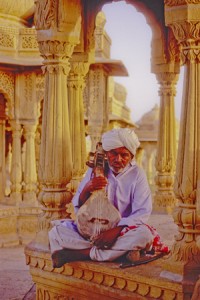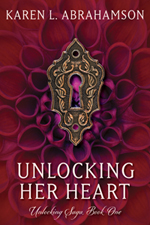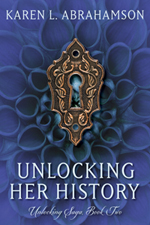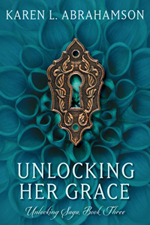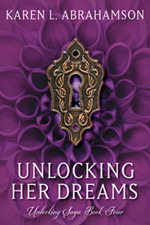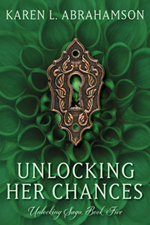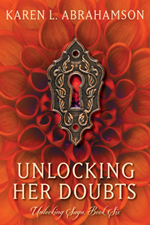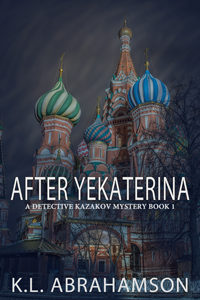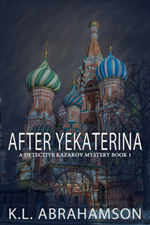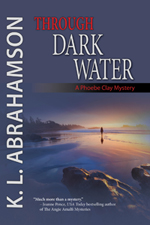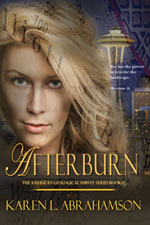Temple Sunset (and Sunrise)
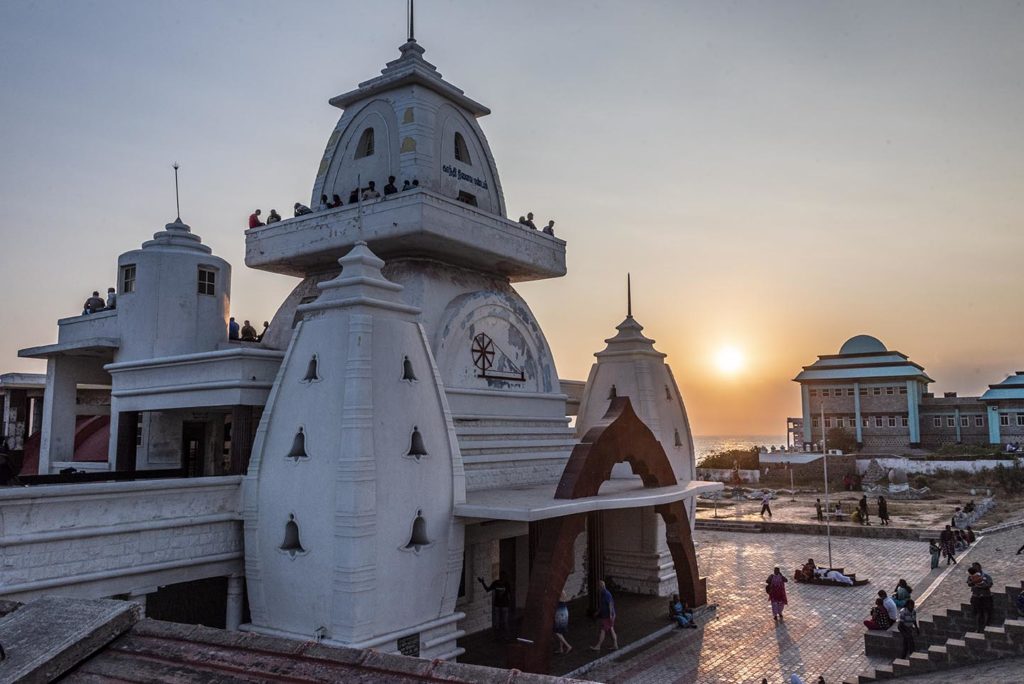
From the memorable streets of Fort Kochi with its shoreline of fishing nets we kept heading south, further into the contradictions that are southern India. We finally stopped at the seaside resort town of Varkala Beach (not to be confused with Varkala town.) It’s a town that seems to only know sunsets given it faces west over the Arabian Sea.
Varkala Beach sits on the top of cliffs that run above a golden crescent of beach. A path runs along the clifftop and is lined with tourist shops so that when you are out for a walk you can admire the scenery or shop for jewelry or clothing. The clothing is typical Indian hippy fare, while the jewelry is Ladakhi or Tibetan. There’s actually a large community of Tibetans here and when you chat with them they get quite miffed at the Kashmiri traders who have set up shop selling Tibetan knock-offs.
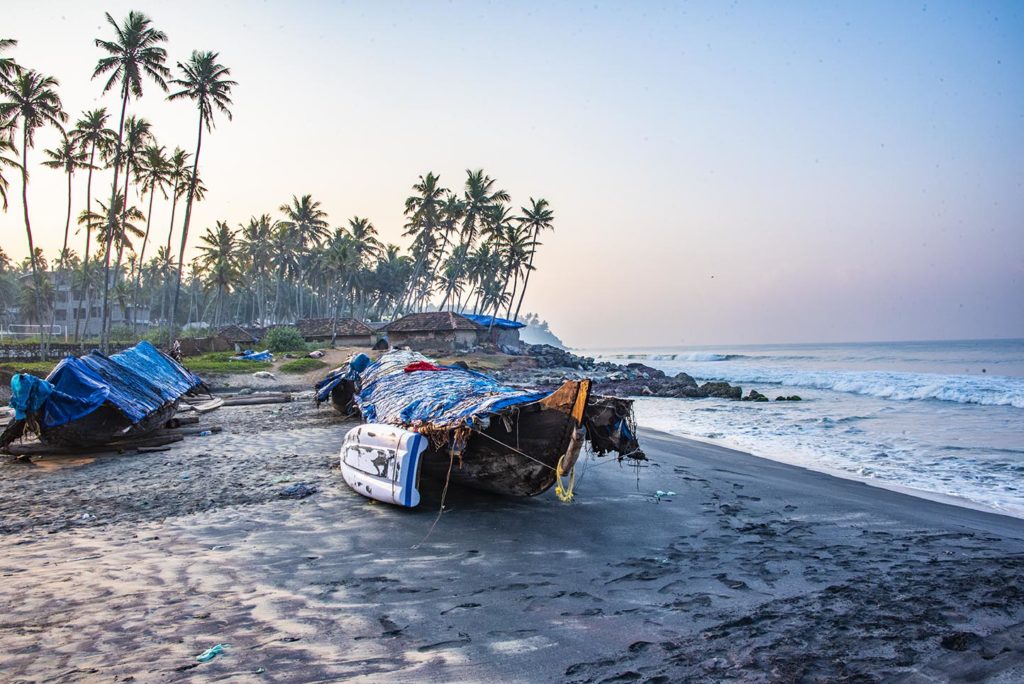
The other amenity offered by the clifftops are coffee shops—with real espresso and lattes! Funny how after a few weeks of travelling, the taste of real coffee and muesli with fresh fruit in the morning was more like ambrosia than any Indian food offering. Chilling in the morning sipping a latte and listening to Van Morrison or Indian chanting while watching the blue waves and the fishermen out catching the evening meal was, well, it was relaxing after the previous weeks of running.
We finally made it down the long set of stairs to the beach and dipped our toes back into real India again—and the Arabian Sea. At the far end of the beach, nearer Varkala Town sits a newer temple that celebrates the fact that, beyond the tourists flocking to the sunshine on the cliffs, people have been coming here for generations to venerate their ancestors. They come in long processions crossing from the village over the sand, carrying offerings on their heads. As they near the water, they turn backwards and shuffle down to the shore before tossing the offering backward off their heads. On the sand are ranks of sadhus with the sand brushed clean and flat before them and small flames burning in brass platters. The supplicants kneel in the sand before them and are given tasks they must perform to receive absolution. I watched for a while, raw desperation burned in too many gazes.
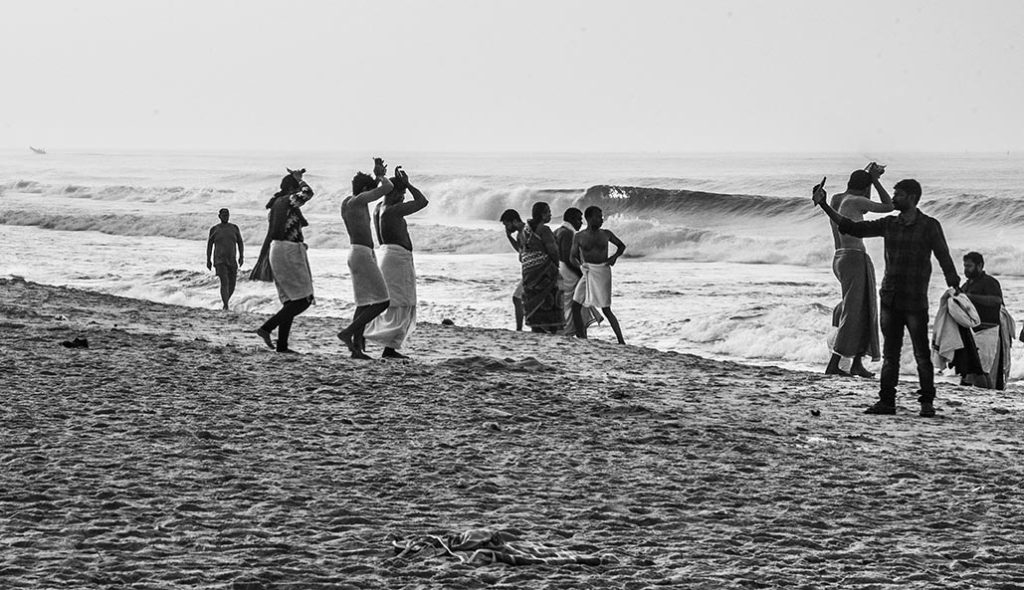
It brought home once more just how much Hinduism flows in the blood and the distance between the cliffs and the beach.
From Varkala we kept going south and found our way to Kanya Kumari or Cape Cormorin. Kanya Kumari is a fishing town and also a religious destination for it sits at the farthest southern point of India. If you look left from the point you are looking at the Bay of Bengal out toward Sri Lanka. Look right and you are looking at the Arabian Sea. Look south and you are looking across the Indian Ocean all the way to Antarctica. Kanya Kumari is actually named after the virgin (Kanya) goddess named Kumari who supposedly singlehandedly slayed demons and brought freedom to world. Her temple sits at the southernmost point and people come from all over to watch the sunset and sunrise from this holy place.
When we arrived in the evening our helpful driver first took us to sunset point which sits out of town and offers lovely views of the sunset, but not of the reason we were there – Kanya Kumari. So we returned into town and ventured down into the pilgrim’s bazaar that surrounds the temple with children’s clothing, cashew nuts and dried fruit, flowers and religious offerings, before coming down near the water. There are beggars caught like flotsam in the corners holding out mangled hands. There are candy floss and popcorn hawkers and men selling cheap jewelry. There’s a white horse ready for people to ride and to have their photo taken. But most of all there were the pilgrims and sari’s tied in a mandapa (a pillared covered stone gazebo-type structure) that flapped in the wind. As the sun set, there was a collective sigh from the people and then everyone began to move, leaving the shoreline.
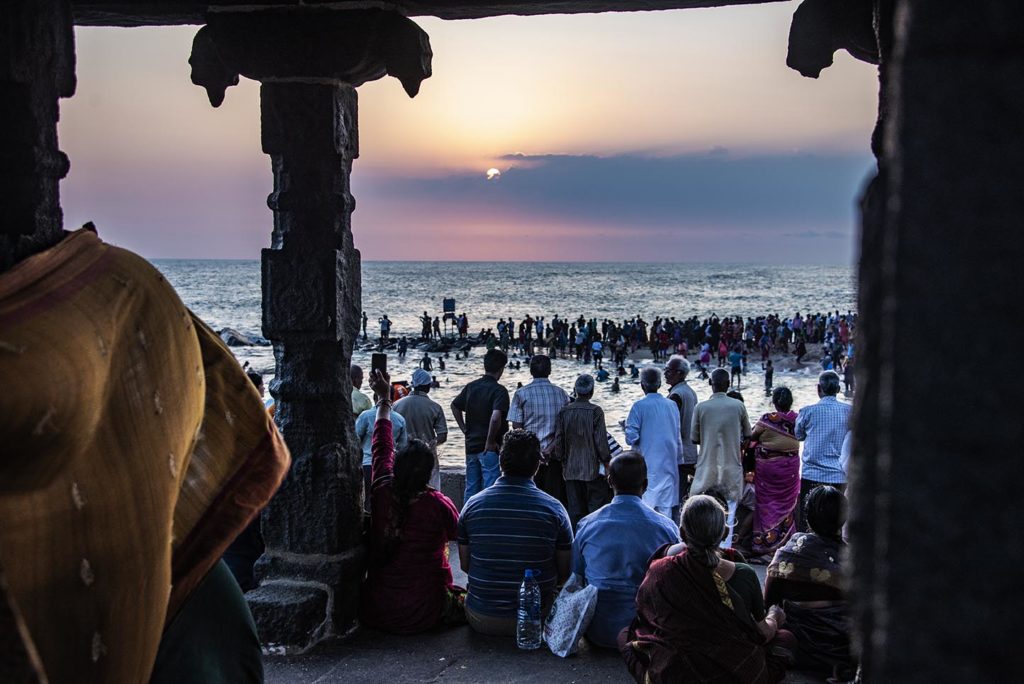
The next morning, we were up early to see the sunrise at the temple. The moon was about half full, but there are times of the year when you can see the sun rise and the full moon set at the same time over three different oceans. We had been told to expect the temple to be less crowded, but our informant was wrong. We arrived about fifteen minutes before sunrise and already the temple areas were thronged and bathers filled the ocean ghats.
Off shore of Kanya Kumari are two small islands. One has a temple memorial built to Hindu apostle Vivekananda who took his preaching far beyond India. The other island holds a 133 ft. statue of the Tamil poet Thiruvalluver whose most famous work was 133 stanzas—thus the height of the statue. He looks back toward Tamil India. The clouds that had formed above Sri Lanka turned a ghostly pink along the edges as the sunrise neared. The crowd was restive, people jostling for pictures—selfies of themselves with the sunrise. Gradually, the sun rose and sprayed columns of light above the temple and statue. It was as if everyone held their breath. Then the sun poked its brazen orange head above the cloud and everyone exhaled.
Around us the throngs began singing a soft hymn to Kanya Kumari.
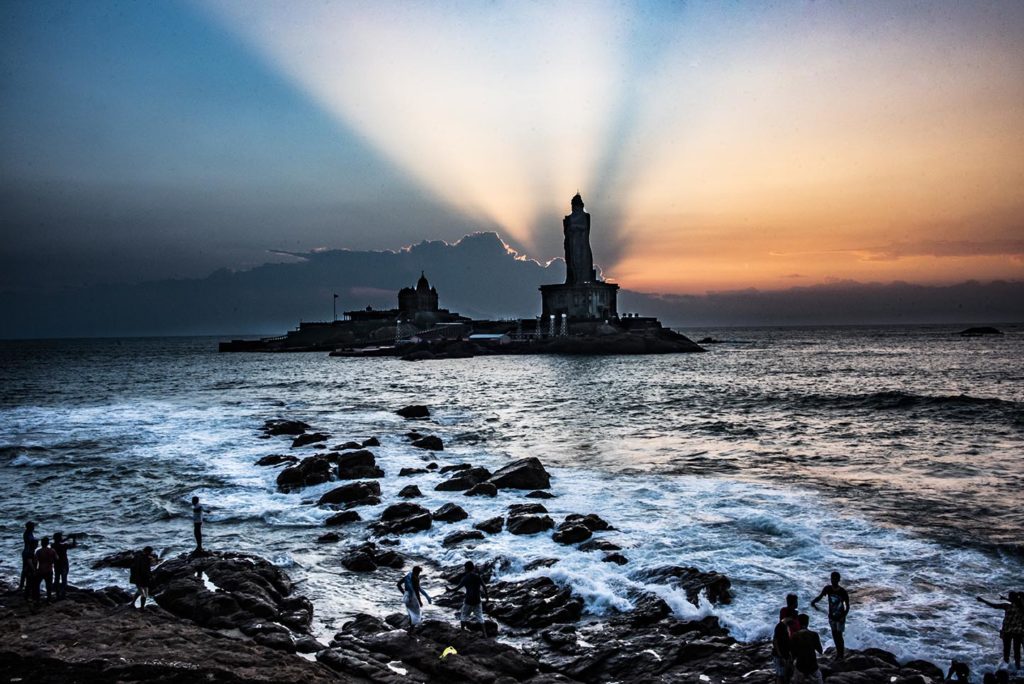
And then the sacred moment was over. The sun was hot and blinding. The bathers bathed in the ghats. The people took their photos and the white horse began giving pony rides to pilgrim’s children.
We left, but I find myself caught between two memories of the place. The sublime moment of the sunrise voices, and the voices I heard afterward—the mewling sounds of the disfigured and maimed beggars placed in the corners of the temple calling out for money.
As I said—the south. A place of ongoing contradictions.
